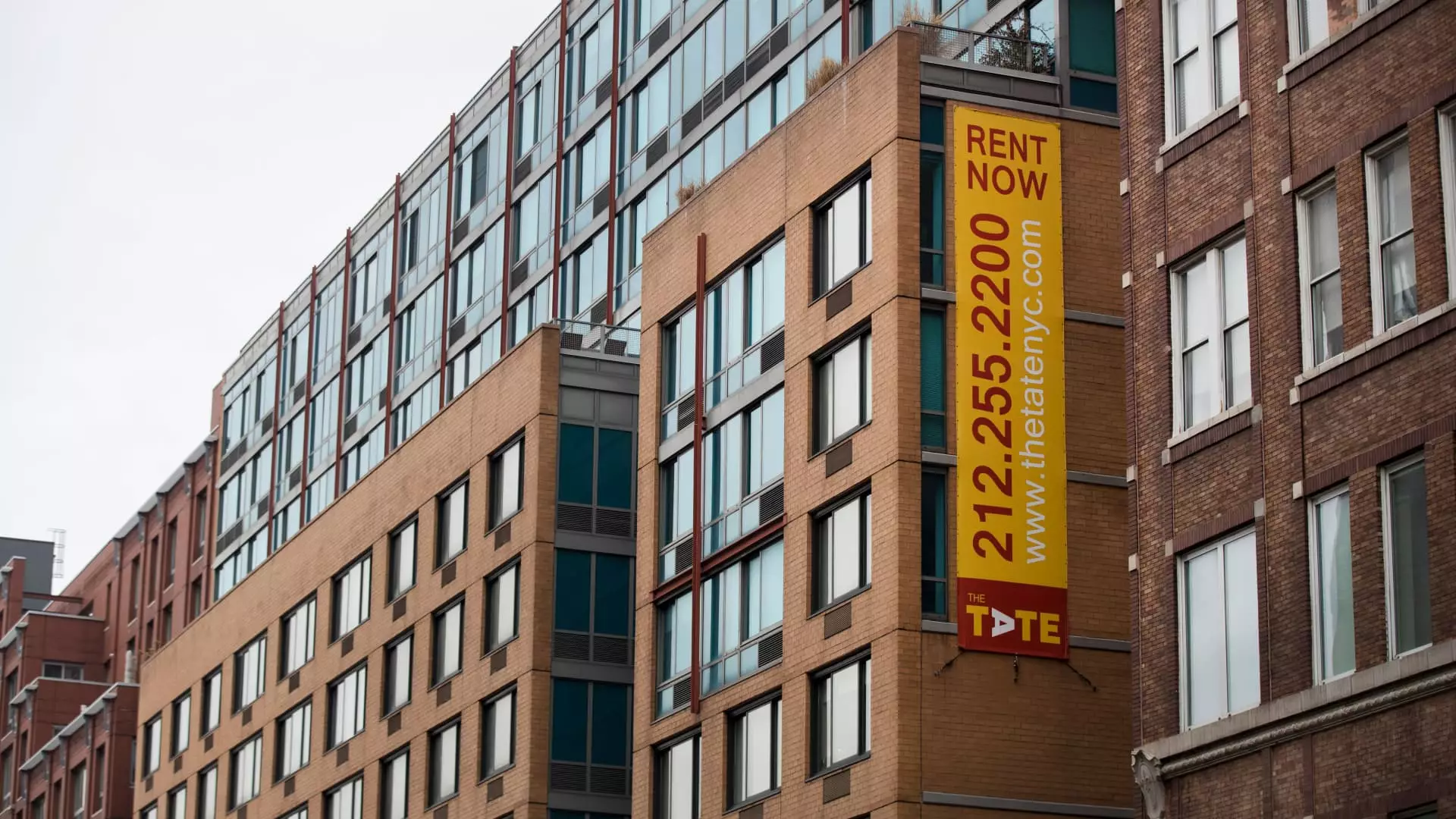In a world where mobility was once a hallmark of modern living, the rental market has abruptly shifted gears. Surprisingly, just 30% of tenants in major metropolitan areas are moving when their leases expire, a stark contrast to the typical 50%. This stagnation signals more than mere indecision or laziness; it points to a systemic failure in the housing market which translates ultimately to suffering on a societal level. The reasons behind this phenomenon are multifaceted: rising costs in the for-sale market, an acute shortage of rental units in desirable locales, and general economic unease have conspired to keep renters shackled to their current residences.
Economic Pressures: A Vicious Cycle
The relentless cycle of rising costs is further fueled by tariffs and skyrocketing moving expenses, deterring renters from seeking greener pastures. For many tenants, the dream of homeownership has become a distant, unattainable goal. Instead, they find themselves stuck in apartments that may no longer suit their needs, simply because leaving feels like an insurmountable burden. Real estate analyst Alex Goldfarb’s insight that landlords are enjoying better pricing on renewals is disheartening; it reflects a market where tenant fears are exploited for economic gain. This situation not only benefits property owners but it also creates a chilling effect on the vibrancy of urban living. Cities become stagnant when movement becomes a struggle.
Suburban Shift: An Unexpected Refuge
Interestingly, the new suburban trend offers a glimmer of hope. As renters consider relocating to more spacious, comfortable accommodations, this shift illustrates a possible redefinition of the ideal living situation. While urban hotspots may be losing their allure, easing into suburbia can provide not just a physical change but psychological relief as well. With tech companies like Amazon encouraging a return to office, cities are experiencing a ripple effect that could rejuvenate local economies—but this comes at the cost of sidelining urban tenants.
Landlords Thrive While Tenants Suffer
Goldfarb’s forecast for multifamily REITs suggests that those with significant presence in desirable markets—like Essex Property Trust in the West Coast—will only see their fortunes rise. Yet, as landlords revel in their cash flow improvements resulting from lower turnover costs, we must ask ourselves: at what societal cost? The erosion of tenant rights and shrinking choices is an alarming trade-off for greater profits in the real estate sector. A market where renters are stuck due to economic pressures is one fraught with ethical dilemmas.
A Tug-of-War for Stability
As the multifamily market shows signs of reinvigorated demand—registering a rare 0.9% increase in rents year-over-year—it’s critical to acknowledge the real network of implications that go unspoken. While increased demand pushes vacancy rates down to 4.8%, barely below the historically stable average, the landscape also reveals a market that is precariously balanced. The consequences of potential economic downturns loom large, threatening job security and ultimately, the very foundation underpinning this seemingly robust rental market.
In a world where housing should be a human right, the growing divide in the rental market raises deep questions. Are we prioritizing profits over people? The current state of affairs in housing is a reflection of our broader societal values—are we willing to stand by while a fundamental right becomes a privilege?

